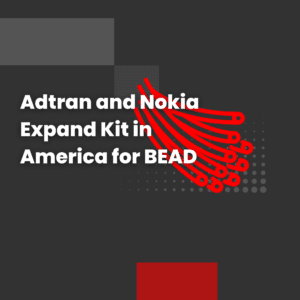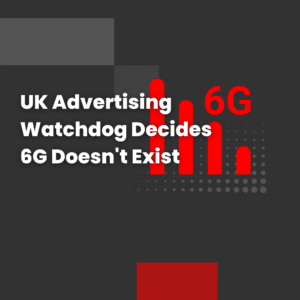BT, the UK’s telecom company, has been actively experimenting with different combinations of its sub-6-GHz spectrum as it moves closer to the implementation of 5G standalone (SA) technology.
In collaboration with Ericsson and MediaTek, BT announced on Thursday a successful transmission of 5G data using a wideband frequency division duplex (FDD) carrier. Specifically, they utilized 2×50 MHz of their 2.6 GHz spectrum. As commonly understood, having access to more spectrum results in a faster and more efficient connection.
The company also conducted tests involving the aggregation of downlinks from two time division duplex (TDD) carriers, leveraging an unspecified portion of their 3.5-GHz spectrum.
Of notable interest is the wideband FDD trial’s implications for uplink speed, which BT finds particularly promising. The trial showcases a significant three-fold increase in uplink bandwidth on a single FDD carrier. This holds importance due to the fact that 5G SA specifies a single carrier for uplink data transmission. Consequently, this could potentially lead to congestion if a substantial number of users, ranging from consumers to businesses and IoT devices, intend to upload large volumes of data to the cloud.
Greg McCall, BT’s chief networks officer, emphasized the significance of demonstrating these new network capabilities in fostering innovation and improving the 5G services ecosystem. He stated, “Demonstrating new network capabilities such as those announced today is critical to achieving this goal, and also paves the way to ensuring that 5G SA delivers new possibilities for our customers.”
Importantly, this demonstration wasn’t limited to controlled laboratory conditions. It took place on the live networks of BT’s mobile arm, EE, in Bristol and Potters Bar. The testing employed commercially-available Ericsson hardware, with the ‘Large Bandwidth Support Low-Band’ software feature enabling the activation of the wideband FDD technology.
Evangelia Tzifa, CTO of networks and managed services for Ericsson UK and Ireland, commented on the progress, noting that this advancement is a significant step forward for EE’s deployment of 5G standalone. She highlighted how Ericsson’s innovative software capabilities play a crucial role in enhancing user experience and network performance.
The test utilized handsets equipped with MediaTek’s M80 Release-16 modem. Ho-Chi Hwang, general manager of wireless communication systems and partnerships at MediaTek, praised the achievement, acknowledging the step forward in boosting uplink capacity and transitioning from 5G non-standalone to standalone networks.
Interestingly, BT did not disclose the network’s throughput speed performance in this test, nor did they provide an update on the expected timeline for the rollout of their standalone 5G network.
Reports from spring 2022 indicated that BT was targeting the first quarter of 2023 for the commercial launch of their 5G SA network. Furthermore, in August of the previous year, BT had successfully trialed four carrier component (4CC) aggregation in partnership with Nokia on a live 5G SA network, employing low and mid-band spectrum.
Despite the progress, EE has yet to launch its new network after a year. This is not necessarily an indication of lagging progress, considering the gradual global rollout of 5G SA technology. However, in the UK, EE has been outpaced by its competitor Vodafone, which has already launched its 5G SA network. This situation is notable, as EE had initially pioneered the UK’s first 4G network, followed by the first 5G network, and has traditionally prided itself on network quality and coverage.



